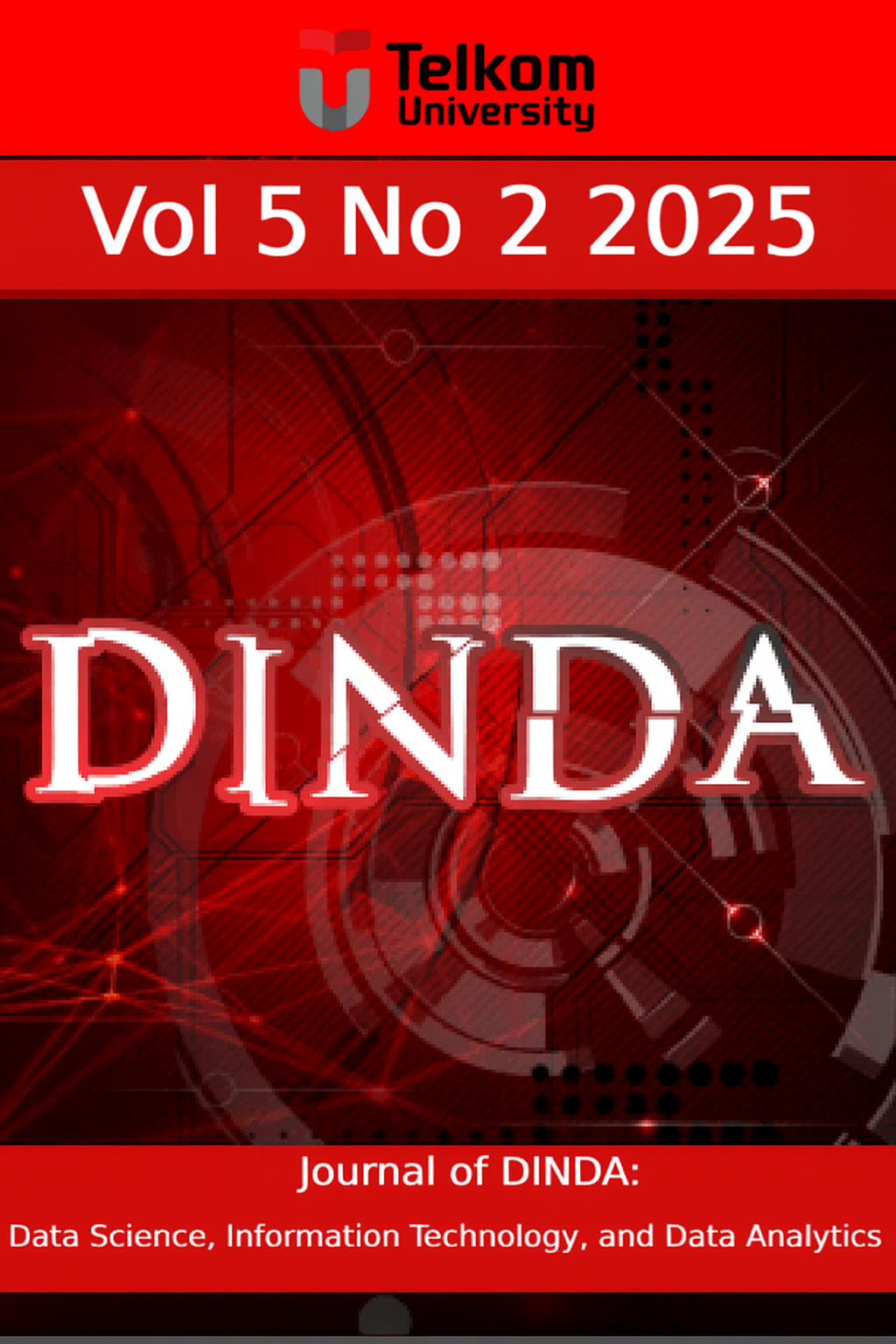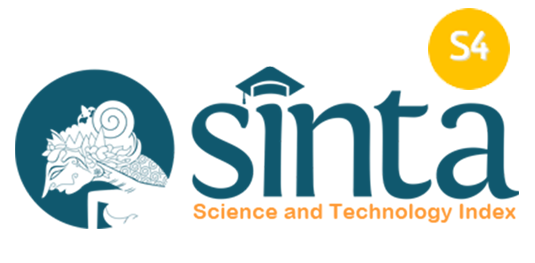Systematic Literature Review : Population Density Mapping Using Data Mining
Abstract
Mapping population density plays a crucial role in designing and developing urban policies. Traditional methods are often unable to capture complex spatial patterns, making the application of data mining techniques crucial. In this study, we conducted a Systematic Literature Review (SLR) of various data mining techniques, including K-Means, KDE, DBSCAN, Random Forest, linear regression, Cellular Automata, and Fuzzy C-Means. The findings of this study show that although K-Means proved to be effective, it is quite sensitive to the presence of outliers. On the other hand, DBSCAN successfully detects irregular distributions, while KDE is able to track trends despite being computationally intensive. Random Forest and linear regression can predict growth, but both require large datasets to provide accurate results. Meanwhile, Cellular Automata and Fuzzy C-Means offer flexibility, but also require comprehensive data. For future optimization, we recommend using AI-GIS hybrid models.













